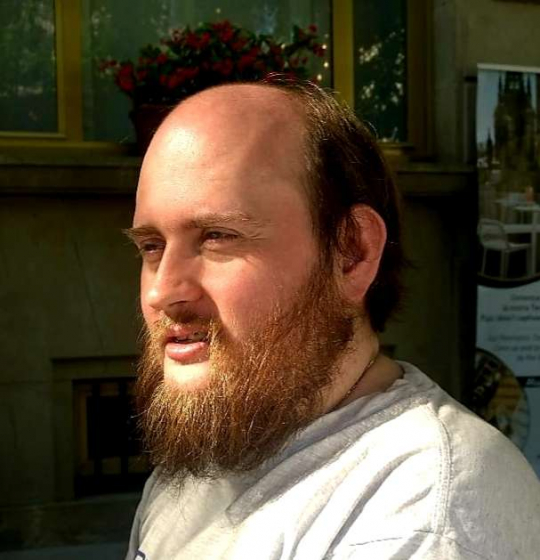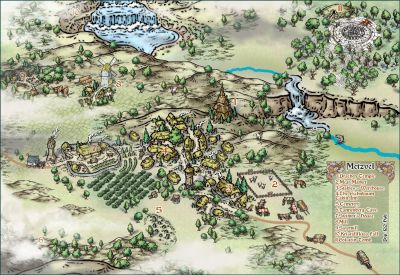
Monsen
Monsen
About
- Username
- Monsen
- Joined
- Visits
- 693
- Last Active
- Roles
- Administrator
- Points
- 8,940
- Birthday
- May 14, 1976
- Location
- Bergen, Norway
- Website
- https://atlas.monsen.cc
- Real Name
- Remy Monsen
- Rank
- Cartographer
- Badges
- 27
-
November 2023 Humble Bundle collection
No. That is only required when adding additional resources to the program. But this is a map bundle, and you can keep your map files wherever you want.
Note that the bundle do contain maps in many different styles, not all of which you will have access to with just the basic program, so you will see red X's when opening these .fcw files in CC3+, but that isn't an installation issue, just that it was made with resources you don't have. For these maps, the bundle still contains the pre-rendered export as high resolution image files so that you will be able to use them all.
-
Exporting Climate View
Note that you can always export the climate view from FT3+ to CC3+ just by going to File -> Save Campaign Cartographer file. There is an export setting there, Legacy Climate Only that will export the climate view, or you can make your own.
But it won't look identical to what you see in FT3+. FT3+ and CC3+ are two different programs that have different ways of doing things, the idea with the export functions is to get the actual data across so you can customize it in CC3+, not the exact visual look.
-
grid lines showing
-
Quick Move is enlarging/reducing size
I accidentally scale often myself. The solution I find works best with both regular move and quick move is to just keep my hand completely off the mouse until I have released all keys.
The commands for the regular move command is
MOV, but that can also scale, so no different from quick move in that regard.Also note that you can edit menu files and add shortcut keys to any command there, if you need quick access to frequently used commands.
If you don't need to see the object while moving, you can use non-visual move -
MOVE- this command does not allow any kind of scaling, but it is a bit harder to see what you are doing when using it. -
Forgotten Realms Interactive Atlas repairs.









